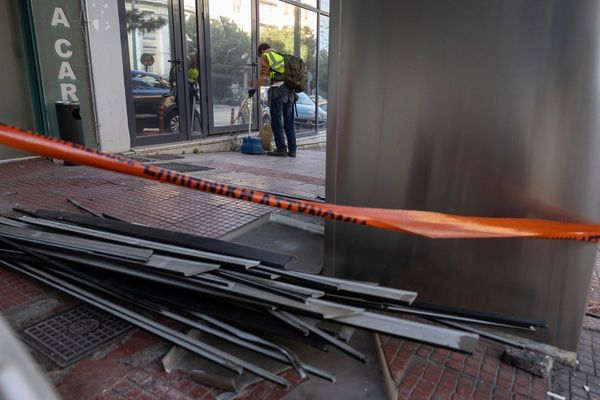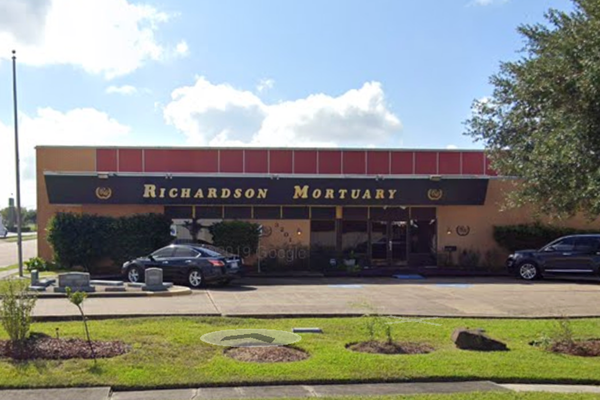
The visual artist Claes Oldenburg, one of the most playful forces in Pop Art, has died at age 93. His death Monday was confirmed to NPR in a statement from Paula Cooper, whose gallery represented him. "It was thrilling to work with Claes, whose odd take on things was delightful, and could completely turn one's mood around," Cooper wrote.
Oldenburg's enduring fascination was to render prosaic objects — a lipstick, for example, or a rubber stamp, or a hamburger, or a cherry perched on the tip of a spoon — in giant scale, and then put that artwork in public spaces. As he told All Things Considered in 2011, " "We like the idea that the sculptures are not all in, say, New York or someplace — that they're scattered around the cities of America and Europe. ... There's a lot of people you're never going to reach. But we have reached, I think, quite a few people, in all parts of the country."
Claes Oldenburg was born Jan. 28, 1929 in Stockholm, Sweden; his father was a diplomat, and the family eventually wound up in Chicago, where the elder Oldenburg served as consul general beginning in 1936. Oldenburg studied literature and art history at Yale and then attended the Art Institute of Chicago in the early 1950s.
In 1956, he moved to New York, and was soon swept up in the emerging conceptual and performance art scenes. His first New York show, at the Judson Gallery in 1959, was formed out of quotidian found materials, including paper and string; two years later, he opened a show called The Store in a downtown storefront, which evoked neighborhood shops and featured plaster pieces that were simulacra of everyday grocery store purchases.

Not long after, however, his interests shifted into concentrating on the single, massively scaled works that became his signature. For much of his career, his work was made as a collaboration with his wife, Coosje van Bruggen, whom he married in 1977 and who died in 2009.
Oldenburg was honored with solo exhibitions at the Museum of Modern Art and the Guggenheim Museum in New York, London's Tate Gallery, the Museum of Contemporary Art in Los Angeles, among others, while his and his wife's joint work was celebrated in shows at New York's Whitney Museum of American Art and the Metropolitan Museum of Art.
Arguably, however, Oldenburg's most enduring and literally most accessible works are the ones he (alone or with van Bruggen) created for public spaces, from a giant rubber stamp bearing the word "FREE" in Cleveland to Los Angeles' "Binoculars Building" to Philadelphia's giant clothespin.







